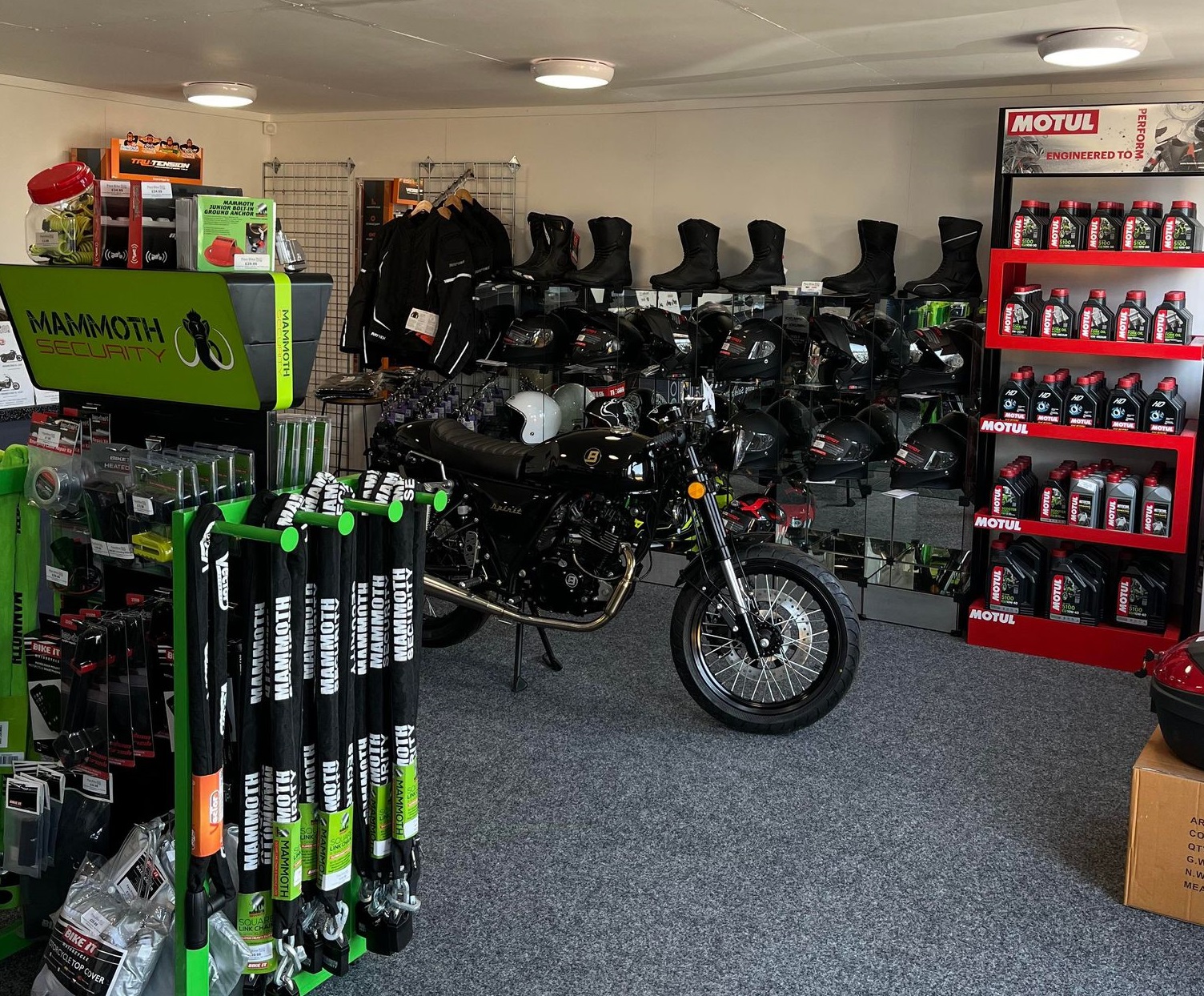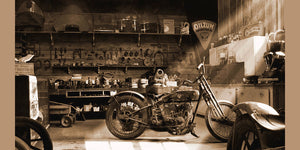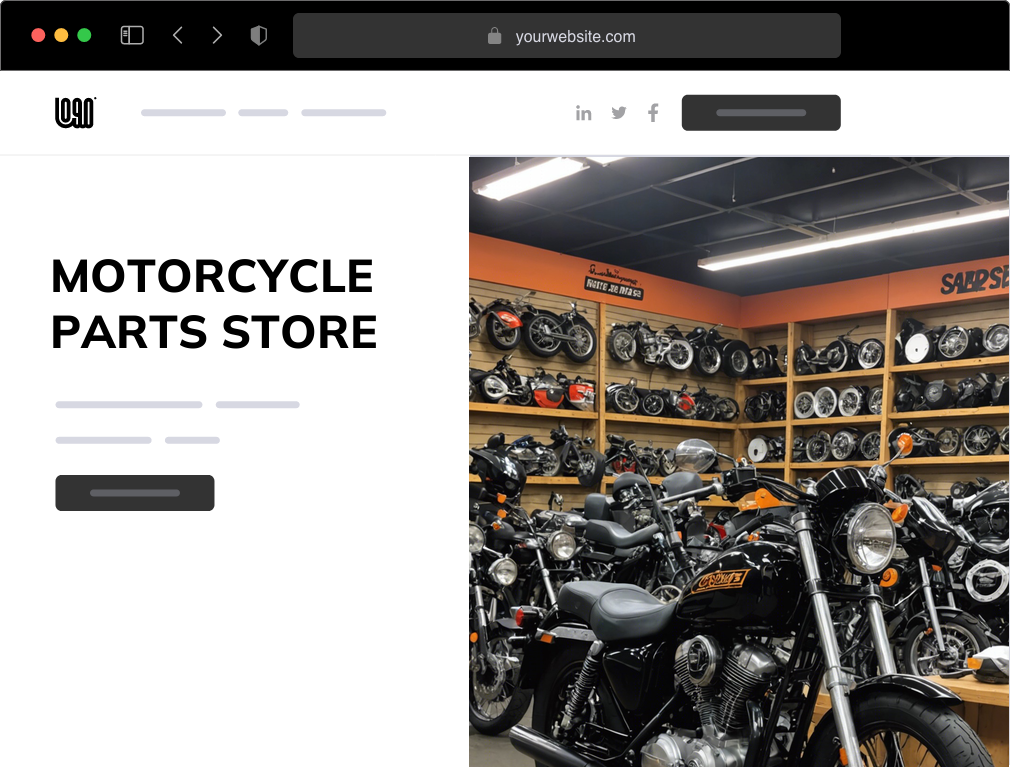Discover High Quality Moto Parts NZ for All Your Motorcycle Demands
Discover High Quality Moto Parts NZ for All Your Motorcycle Demands
Blog Article
A Detailed Consider Motorbike Components: What Every Cyclist Needs To Know
An extensive understanding of motorbike components is not merely advantageous yet vital for any kind of cyclist aiming to take full advantage of performance and safety. Each element, from the engine's complex functions to the dependability of brake systems, plays an essential duty in the overall experience and functionality of the bike. However, beyond feeling in one's bones what these components do, it is important to appreciate how they communicate and sustain each other. This interconnectedness can make the distinction in between a smooth trip and unanticipated issues. What intricacies exist within this mechanical harmony that every motorcyclist should master?
Comprehending the Engine
The engine, typically considered the heart of a bike, is a complicated setting up of components that operate in consistency to transform fuel right into movement. At its core, the engine's main function entails the combustion process, where air and gas mix and fire up within the cylinders, resulting in regulated surges that drive the pistons. These pistons move up and down, transforming chemical energy into power, which subsequently transforms the crankshaft, inevitably powering the bike.

Understanding the complexities of a motorcycle engine is essential for motorcyclists and lovers alike. It not just supplies insight right into just how bikes accomplish their impressive power and rate but additionally help in reliable maintenance and troubleshooting, making certain long life and integrity on the road.
Suspension Solutions
While the engine powers the motorbike, the suspension system plays an important role in guaranteeing a smooth and regulated trip. The suspension system is responsible for absorbing shocks from the road surface, maintaining tire contact, and supplying security throughout cornering and braking. It makes up two primary elements: the front forks and the back shock absorbers.
Front forks are usually telescopic, containing a spring and moistening system. The spring extends and presses to soak up bumps, while the dampening mechanism controls the movement to prevent excessive jumping. This combination guarantees the front wheel continues to be touching the road, using remarkable handling and convenience.
The rear suspension, generally a monoshock or twin-shock setup, functions in a similar way to the front suspension but is tailored to support the motorcycle's weight and rider - motox parts nz. It handles back wheel movement, adding to the bike's general equilibrium and responsiveness
Shock absorber can be adjustable, permitting cyclists to adjust preload, compression, and rebound settings according to individual preferences and riding problems. This adjustability boosts efficiency by optimizing the motorbike's communication with varied surfaces. In summary, an effective shock absorber is important for cyclist comfort, safety and security, and the motorbike's managing prowess.
Brake Parts
Stopping power is a fundamental facet of bike security, and it rests on the performance of the brake components. The primary elements of a bike's braking system consist of the brake pads, calipers, blades, and master cylinder. motocross gear. Each of these parts plays a vital duty in ensuring reliable braking performance
Brake pads are necessary as they create the necessary friction versus the blades to decrease or stop the motorbike. Built from materials such as sintered metal or organic composites, the option of brake pad material substantially affects efficiency and durability. Calipers, housing the brake pads, use stress to the pads when the brake lever is engaged, helping with call with the blades.
The blades, typically made from stainless steel or actors iron, are placed to the wheels and act as the surface against which the brake pads press. Their layout, consisting of size and density, affects heat dissipation and stopping power. The master cyndrical tube, connected to the brake bar, produces hydraulic pressure transmitted through brake lines to the calipers, making certain regular stopping pressure.
Routine maintenance and examination of these elements are essential for optimal efficiency, protecting against wear and ensuring cyclist safety and security on the roadway.
Tire Essentials
Beyond maintaining robust stopping systems, making certain optimum tire efficiency is just as considerable for bike safety and security and effectiveness. Tires are the sole call factor in between the motorcycle and the road, making their problem critical in managing, security, and general trip top quality. Selecting the suitable tire type is essential, as it straight affects traction and performance. Alternatives range from exploring to sporting activity tires, each created to fit specific riding problems and designs.

Inspect the sidewall for the DOT (Division of Transport) code to establish the tire's age. Spending interest in these tire essentials not only optimizes efficiency but likewise dramatically improves riding security.
Electric Equipments
In the world of motorcycle maintenance, the electrical system plays a critical role in ensuring reputable efficiency and rider safety and security. This elaborate network encompasses crucial elements such as the battery, generator, starter motor, and electrical wiring harness. Each element is important for the seamless procedure of the motorcycle, from ignition to lights and interaction with various sensing units.
The battery works as the heart of the electrical system, supplying the needed power to begin the engine and operate accessories. Consistently checking the battery's voltage riding jacket leather and terminals for rust is why not try these out crucial to avoid unforeseen failings. The generator, on the various other hand, recharges the battery while the engine is running, making sure a constant power supply.
To preserve it, motorcyclists need to pay attention to any type of unusual noises or problems throughout startup. Making sure that the wires are totally free and undamaged from damages is essential for preventing brief circuits and guaranteeing capability.
Conclusion

Quiting power is an essential facet of bike safety, and it hinges on the effectiveness of the brake elements. The main aspects of a bike's braking system include the brake pads, calipers, rotors, and master cyndrical tube.Brake pads are important as they develop the required friction versus the blades to reduce down or quit the bike.Beyond keeping robust braking systems, guaranteeing motorcycle riding gear for men optimal tire efficiency is similarly significant for motorcycle safety and security and efficiency.In the world of motorbike upkeep, the electrical system plays an important role in making sure trustworthy efficiency and rider safety.
Report this page